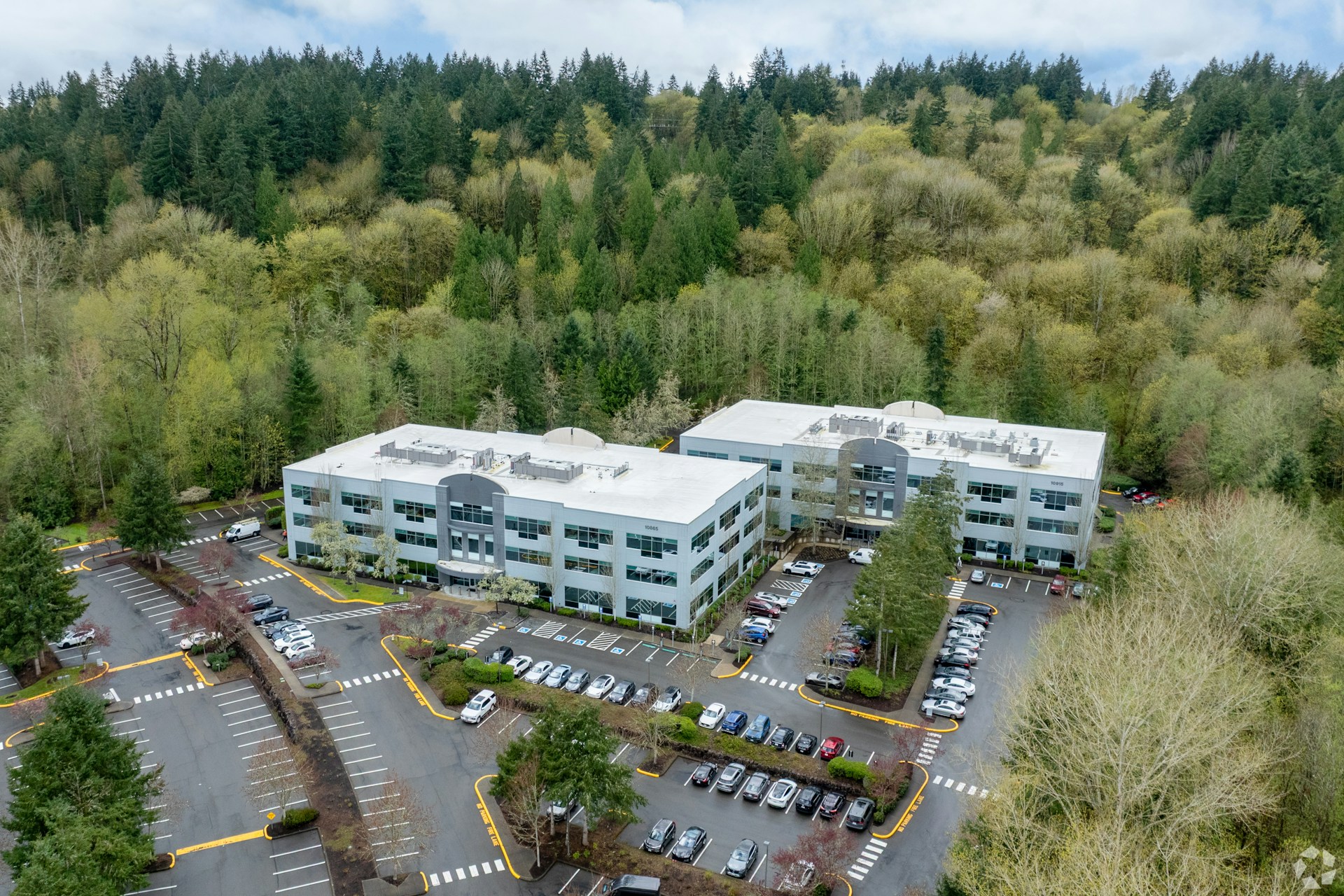A certificate of occupancy (CO) is a crucial legal document in construction and real estate. Issued by local government agencies or building departments, a CO officially certifies that a structure complies with all applicable building codes and regulations. This document is the final stamp of approval, indicating that a building is safe and suitable for occupancy.
When we obtain a certificate of occupancy, we receive confirmation that the building meets all safety standards and zoning requirements set by local authorities. It’s not merely a formality – this document is a crucial safeguard for public health and safety. A CO verifies that all building systems, from electrical and plumbing to fire safety measures, are up to code and functioning properly.
The certificate of occupancy complements the building permit process. While a building permit gives us the go-ahead to start construction, the CO allows us to use the completed structure. It serves as evidence that we’ve adhered to our approved plans and specifications, ensuring that what we’ve built aligns with what was initially proposed and approved.
For property owners, developers, and contractors, understanding the importance of a certificate of occupancy is essential. Without this document, we can’t legally occupy or use a building, potentially leading to significant delays and legal issues. That’s why obtaining a CO is always a key part of our project completion checklist.
When Do You Need a Certificate of Occupancy?

A certificate of occupancy (CO) is typically required in several key situations. Understanding when you need to obtain a CO is crucial for property owners, developers, and tenants alike. Here are the most common scenarios:
- New construction: When a new building is constructed, a CO is mandatory before it can be occupied or used.
- Change in building usage: If you’re converting a property from one use to another (e.g., transforming an industrial building into residential apartments), you’ll need to obtain a new CO.
- Major renovations: Significant structural changes or extensive remodeling often necessitate obtaining an updated CO.
- Ownership changes: Many jurisdictions require a new CO when ownership of commercial, industrial, or multi-family residential buildings changes hands.
- Property sales: Some municipalities mandate obtaining a new CO as part of the property transfer process when a building is sold.
- New tenants: Certain localities require a new CO each time a new tenant moves into a rental property.
Additionally, certificates of occupancy often play a vital role in:
- Establishing utility services: Many utility companies require a valid CO before activating services for a property.
- Obtaining business licenses: Local governments may require a current CO as part of the process for issuing or renewing business licenses.
It’s important to note that CO requirements can vary significantly between different cities, counties, and states. Always check with your local building department or zoning office to understand the specific regulations in your area. Failing to obtain a required CO can result in fines, legal issues, and complications with property transactions or tenant occupancy.
| Scenario | Description |
|---|---|
| New Construction | A certificate of occupancy is required before a newly constructed building can be occupied or used. |
| Change in Building Usage | Converting a property from one use to another, such as from industrial to residential, requires obtaining a new CO. |
| Major Renovations | Extensive structural changes or remodeling may necessitate an updated CO. |
| Ownership Changes | A new CO is often required when ownership of commercial, industrial, or multi-family residential buildings changes. |
| Property Sales | Some municipalities require a new CO as part of the property transfer process when a building is sold. |
| New Tenants | Certain localities require a new CO each time a new tenant moves into a rental property. |
What Information is Included in a Certificate of Occupancy?
A certificate of occupancy (CO) contains essential details about a building and its approved use. This document typically includes:
- Building address and square footage
- Property owner’s name
- Occupancy classification (e.g., residential, commercial, retail)
- Construction information
- Inspection details and dates
- Maximum number of permitted occupants
- Date of issuance
- Official signatures
- Any specific conditions or provisions
The building address and square footage confirm the property’s location and size, while including the owner’s name establishes legal responsibility. The occupancy classification specifies the building’s usage, whether for homes, businesses, or mixed purposes.
Construction information and inspection details verify that the building meets current codes. The occupant load ensures the space isn’t overcrowded. The issuance date and signatures make the document official, and any listed conditions must be followed for the CO to remain valid.
Together, this information serves two important purposes:
- It confirms the property’s legal use and classification.
- It verifies the building meets all required safety standards.
For property owners, each piece of information on a CO matters. It’s your proof that local authorities have approved your building as safe and suitable for its intended use. This can be vital for insurance, financing, and attracting tenants or buyers.
How Do You Obtain a Certificate of Occupancy?

As general contractors, we manage the process of obtaining certificates of occupancy (COs) for our clients’ projects. The steps typically involve:
Contact Local Authorities
We begin by contacting the local building or zoning department to understand their specific CO requirements. Each municipality has slightly different processes, so this initial contact is essential for planning.
Submit Application and Documentation
Next, we compile and submit the necessary paperwork, which often includes:
- Completed CO application form
- Construction plans
- Site plans
- Documentation showing compliance with building codes
- Proof of approved permits
Schedule and Pass Inspections
We then coordinate a series of inspections to verify the building meets all safety and code requirements. Common inspections include:
- Fire safety
- Electrical systems
- Plumbing
- HVAC
- Structural elements
- Final building inspection
Our team works closely with inspectors to address any issues promptly and schedule re-inspections if needed.
Pay Required Fees
CO fees vary widely based on location and property type. For example, in Philadelphia, there’s a $100 filing fee plus a $235 permit fee. In Miami, fees are based on square footage, starting at $350 for buildings under 5,000 sq ft.
Obtain the Certificate
Once all inspections are passed and fees paid, the local authority issues the CO. We review it carefully to ensure all details are correct before delivering it to the client.
While this process can be complex, our experience allows us to navigate it efficiently, minimizing delays in project completion and occupancy.
What is a Temporary Certificate of Occupancy?
A temporary certificate of occupancy (TCO) serves as a practical solution for projects nearing completion but still requiring minor work. Sometimes, a building is essentially ready for use, yet small details remain unfinished. In these cases, a TCO allows occupancy while we address those final items.
TCOs grant property owners and residents the same rights as a full certificate of occupancy, but only for a limited timeframe. Typically, these certificates remain valid for 90 days from the date of issue. This arrangement is particularly useful when a structure is safe to inhabit, though non-critical elements like landscaping or cosmetic finishes are still in progress.
For contractors, TCOs provide a strategic advantage in managing project timelines and client expectations. We can facilitate earlier move-ins or business openings for our clients while retaining the flexibility to complete remaining tasks. However, it’s crucial to note that TCOs come with their own set of considerations:
- Additional fees are usually required beyond those for a standard CO
- TCOs cannot be renewed indefinitely – all outstanding issues must be resolved within the specified timeframe
- Once expired, a TCO may lead to complications if a final CO isn’t obtained promptly
In practice, we’ve found TCOs particularly valuable for large-scale commercial projects or multi-phase residential developments. For example, in a retail complex, a TCO might allow stores on completed floors to open while work continues on upper levels. Similarly, in a condominium project, early buyers could move into finished units while common areas are being finalized.
While TCOs offer flexibility, we always aim to transition to a full certificate of occupancy as quickly as possible. This ensures long-term compliance and avoids potential issues with insurance, financing, or future property transactions. By carefully managing the TCO process, we can balance the immediate needs of property owners with the requirements for full project completion and code compliance.
| Factor | Temporary Certificate of Occupancy (TCO) | Full Certificate of Occupancy (CO) |
|---|---|---|
| Purpose | Allows limited occupancy while minor issues are resolved | Indicates full compliance and readiness for complete occupancy |
| Validity | Typically valid for 90 days | No expiration date |
| Fees | Usually requires additional fees beyond CO fees | Standard fees as per local regulations |
| Extensions | Cannot be renewed indefinitely | Not applicable |
| Compliance | May be issued when non-critical elements are incomplete | Issued when building complies with all safety requirements |
Conclusion: The Importance of Proper CO Compliance

A certificate of occupancy is more than just paperwork—it’s a vital legal document that protects property owners, tenants, and the public by ensuring buildings meet safety standards. As general contractors, we understand the serious consequences of failing to obtain a CO when required, which can include:
- Significant fines and penalties
- Inability to sell or rent a property
- Denial of utility connections
- Forced evacuation of occupied buildings
Our experience shows that understanding when a CO is needed, what information it must contain, and how to properly obtain one is essential for anyone involved in construction, property ownership, or real estate transactions. Local building authorities have specific requirements that must be followed, so we always recommend checking with them directly regarding CO regulations in your area.
Proper CO compliance is crucial for protecting your interests and ensuring safe, legal occupancy of buildings. Don’t leave this important step to chance. If you have questions about certificate of occupancy requirements for your project, contact the experts at EB3 Construction today. We can guide you through the process and help ensure your property meets all necessary standards.




